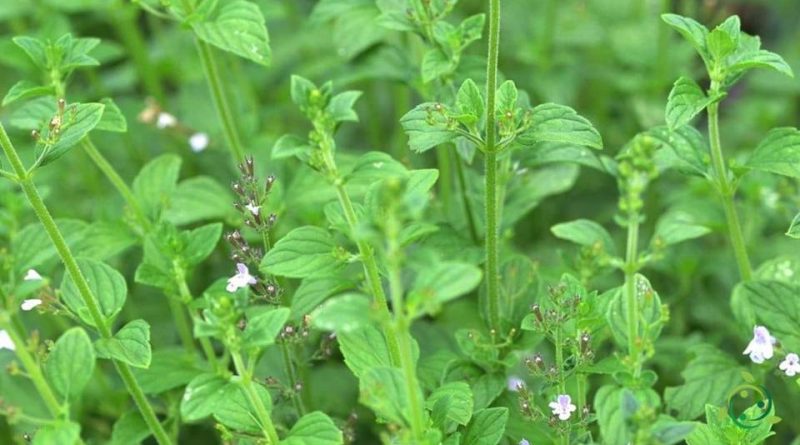How Lesser calamint propagates
How Lesser calamint propagates
The Lesser calamint (Clinopodium nepeta (L.) Kuntze, 1891) is an aromatic perennial herbaceous plant belonging to the Lamiaceae family.
This plant is native to the mountainous areas of the Mediterranean.
In Italy it is very common and is found spontaneously in meadows and uncultivated fields.
It can be grown both in open fields and in pots.
Multiplication can be done by sowing in spring in light soil. When the seedlings are then sufficiently developed they can be transplanted into pots or full earth, in a sunny place. Adult plants can be multiplied by tip cutting or by division of the tufts in autumn.
Before moving on to the detail of the propagation system, please note that for the complete cultivation techniques you can consult the following sheet.
Propagation by seed –
Whatever the propagation system, the important condition for the cultivation of Clinopodium nepeta is that the soil is well drained. This plant can grow on arid and dry soils, as long as there is no water stagnation, provided that the preferred substrate is calcareous with a slightly basic pH. In too humid soils, fungal diseases can appear.
As far as sowing is concerned, this can be done in cold boxes waiting for the transplant of the seedlings for the period of spring, when they have developed four or five leaves. cultivation can be done, as mentioned, in pots or in the ground. Once the plant has bloomed, it can be cut shaved and it will come back from the rhizomatous roots.
Propagation by tufts –
Lesser calamint is a perennial plant that spends the winter with overwintering buds. Especially in cold climates it is useful that these are protected by a mulch made from dry leaves or straw.
Once spring has arrived, when the plant has perfectly begun to vegetate again and the first shoots have formed well, you can adopt the multiplication by division of the tufts.
With this operation, the individual tufts, possibly containing a part of the rhizomatous roots, can be placed directly in the final place and irrigated with a nebulization system at least for the first 10 days.
After that cultivation will continue in the ordinary way.

